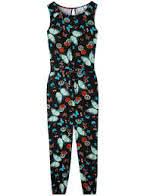Sold out

Selectează opțiunile
Acest produs are mai multe variații. Opțiunile pot fi alese în pagina produsului.
Tricou Polo Roz – United Colors Of Benetton
RRP: 121 Lei 79.00 leiSold out

Selectează opțiunile
Acest produs are mai multe variații. Opțiunile pot fi alese în pagina produsului.









































































